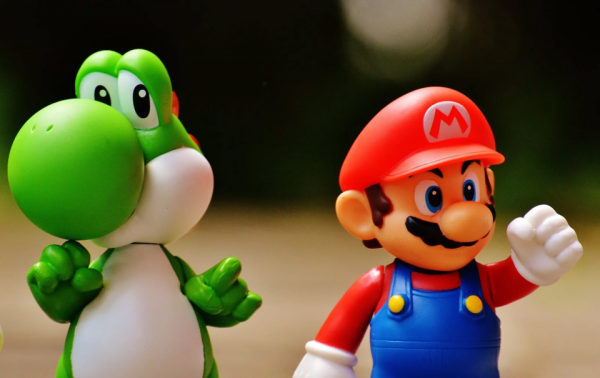
University of Bolton, Deane Road, Bolton. BL3 5AB
Tel:
Email:


“At the University of Bolton, we take great pride in providing a quality, supportive learning environment for our students.”
Professor George E Holmes DL | President & Vice Chancellor
“...tutors are very supportive and you’re not just a student ID number, at this university you are an individual with a name.”
Ellisse Vernon | BSc (Hons) Adult Nursing
Back to menu
Back to menu
Study with an Off-Campus Partner
Back to menu
Back to menu
University of Bolton, why we are the right choice
Location - Bolton, Greater Manchester

03/01/2023
Every story, every game, and every animation starts with a spark – an idea. At the heart of this idea often lies a character, one that needs to resonate, emote, and captivate.
The character design process involves turning this abstract idea into a tangible entity that an audience can love, hate, or relate to.
In this blog, we’ll explore how you can bring these characters to life, which is something you’ll be able to delve deeper into if you take one of our animation and illustration courses.
Characters drive narratives forward. Before sketching, understand their role in the narrative. Is your character a protagonist with a hero's journey or a side character with their own quirks?
Knowing their purpose provides direction for their physical appearance, personality, and backstory. For instance, an antagonist might have dominant, imposing features, while a sidekick might have a more amiable, approachable look.

Gathering inspiration is vital. Explore diverse sources, such as classic artworks, animated films, graphic novels, cultural symbols, and even nature.
Create mood boards that encompass colour palettes, textures, and reference images. This helps in terms of visualisation and creates a character that's a mosaic of diverse influences.
Begin with rough sketches, modifying and adapting as you go. Explore different poses, silhouettes, and facial expressions.
As you progress, narrow down the designs and refine the details. Remember, your character will likely evolve, and it’s this process that often leads to a well-rounded design.
Every scar, wrinkle, or tattoo tells a story. Dive deep into your character's history. Where did they grow up? What challenges did they face?
Even if this backstory doesn’t make it overtly into the main narrative, it guides your design choices and provides depth, making your character feel authentic.

Your character’s design should align with the world they inhabit. If you’re creating a character for a cyberpunk saga, think neon, chrome, and futuristic tattoos. For a medieval tale, think rustic attire and earthy tones. This harmony ensures the character doesn't feel out of place and enhances the world you’re creating.
Characters resonate when they evoke emotions. Focus on their facial features: how do their eyes squint in laughter or widen in surprise? How does their posture change with mood?
Industry professionals design with expressiveness because it ensures audiences can relate to, empathise with, or even despise your character based on narrative needs.
If you’re an aspiring character designer, remember that every character you create is a reflection of your unique perspective and creativity. And if you're inspired to delve deeper into this fascinating world, consider an animation and illustration course at the University of Bolton.
Make the most of our experienced tutors and state-of-the-art while on your artistic journey. To learn more, drop us an email at enquiries@bolton.ac.uk or give us a call at 01204 903903. Your next chapter in the animation and illustration industry awaits!